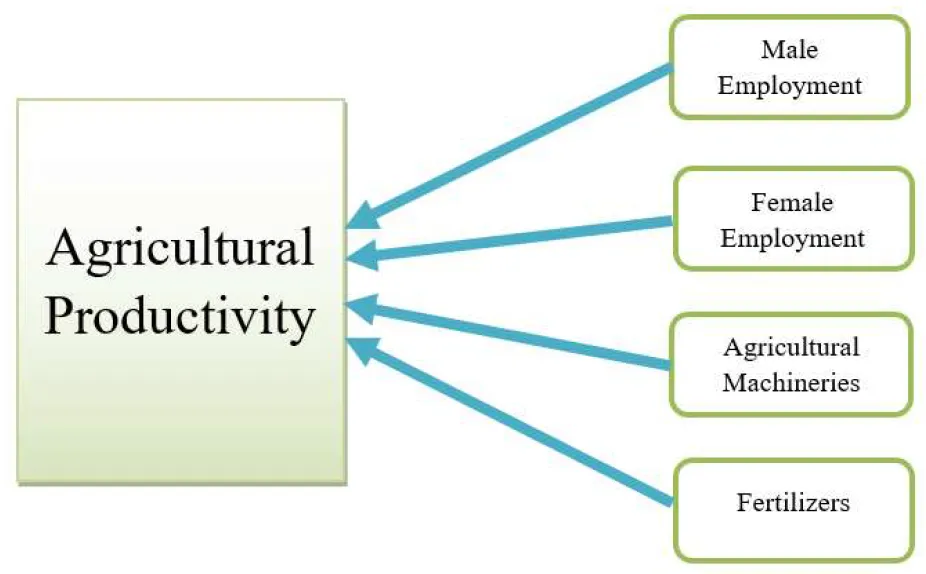Artiles
Open Access
Article
20 March 2025Metabolic Engineering and Genome-Wide Adaptive Evolution for Efficient Reduction of Glycerol in Industrial Saccharomyces cerevisiae
The production of glycerol as a major by-product during yeast-based bioethanol fermentation arises directly from the need to re-oxidize excess NADH, which reduces conversion efficiency. In this study, an optimized Cas9-based genome editing method was performed to develop a mixotrophic CO2-fixing industrial Saccharomyces cerevisiae by heterologous expression of ribulose-1,5-bisphosphate carboxylase-oxygenase (RuBisCO form Pseudomonas sp.) and phosphoribulokinase (PRK form Spinach). Additionally, the gene encoding alcohol dehydrogenase (ADH2) responsible for converting ethanol to acetaldehyde was deleted, while the great wall-family protein kinase Rim15 gene was overexpressed to facilitate the reduction in glycerol content. The resulting CO2-fixing yeast M-2 led to a 21.5% reduction of the by-product glycerol in corn mash fermentation cultures at 39 ℃. Moreover, we established a novel gene mutators mediated genome-wide mutations system that accumulates distinct mutations in the industrial S. cerevisiae strains under the stress conditions to improve the robustness in the S. cerevisiae strains efficiently.

Open Access
Article
20 March 2025Shared Decision Making for an Implantable Pulmonary Artery Monitoring Device in Heart Failure: A Pilot Study
Pulmonary artery (PA) pressure can be monitored remotely by a microelectromechanical sensor (MEMS) permanently implanted in the pulmonary artery. This device allows early management of fluid overload in heart failure so that diuresis can be initiated promptly, and hospitalization and other adverse events can be prevented. To test the methods and measures proposed to explore patient and provider perceptions of Shared Decision Making for the CardioMEMS pulmonary artery pressure monitoring device. A convenience sample of eight patient-provider dyads was enrolled at an ambulatory academic cardiology clinic and completed the shared decision making questionnaire in the clinic prior to the procedure. The majority of providers reported complete agreement that shared decision making occurred. Patients’ survey responses varied but remained positive. The survey used was feasible and effective. Dyad perceptions were positive and concordant in this small convenience sample. Future studies with larger samples are needed to develop interventions to promote behaviors necessary for shared decision making.

Open Access
Article
17 March 2025A Strategy for Resisting the Vested Interests Driving the Collapse of the Biosphere and Civilisation
The biosphere and civilisation are facing existential and other major threats: climate change, biodiversity loss, nuclear war, social inequality/injustice, loss of human rights, and autocracy. These threats are driven by politically powerful vested interests supported by an economic system based on the exploitation of the environment and most people for the benefit of a wealthy minority. This article proposes a strategy to resist and weaken state capture, i.e., the influence of the vested interests driving the principal threats, while simultaneously facilitating the transition to a sustainable society. Despite the achievements of diverse community-based non-government organisations (CNGOs) campaigning on specific issues, scientists are now warning of the potential collapse of civilisation. As the threats are linked together in several ways, I propose a strategy to address them together to yield multiple benefits, supplementing campaigns on individual issues. A broad social movement—comprising an alliance between CNGOs devoted to the environment, social justice, human rights, and peace—could exert sufficient political power to expose and defeat the methods of state capture. Simultaneously, the movement could gain widespread community support by campaigning for a well-being economy, including universal basic services and a job guarantee, thus facilitating the transition to an ecologically sustainable, more socially just, and more peaceful civilisation.

Open Access
Article
17 March 2025Experimental Study on A Novel Organic/Inorganic Green Deep Eutectic Solvents: Thermophysical Properties, Thermal Stability, and Utilization in Nanofluids
In response to the performance limitations of traditional heat transfer fluids under extreme conditions, a series of organic/inorganic deep eutectic solvents (DES), composed of ethylene glycol and different types of acetates, have been developed, and their downstream thermophysical properties, as well as their potential applications in nanofluids, have been explored. It is found that the prepared DESs significantly broaden the liquid phase temperature range, which ranges from −14~196 °C to −40~201 °C. The initial decomposition temperature increases from 85 °C to 130 °C, and the peak decomposition rate shifts from 175 °C to 206 °C. Subsequently, nanofluids were prepared by employing the selected ethylene glycol: potassium acetate-5:1 DES with carbon nanotube as nanofiller. The results reveal that the thermal conductivity of the nanofluid could be increased by approximately 3% compared to the base fluid, and the specific heat capacity was enhanced by 7.5% with a photothermal conversion efficiency reaching up to 42.7%. These results highlight the promising thermal stability and heat transfer properties of ethylene glycol-acetate DESs. Moreover, the nanofluids prepared from those DESs as base fluids provide useful references for the development of novel, green, and high-efficiency energy transportation fluids.
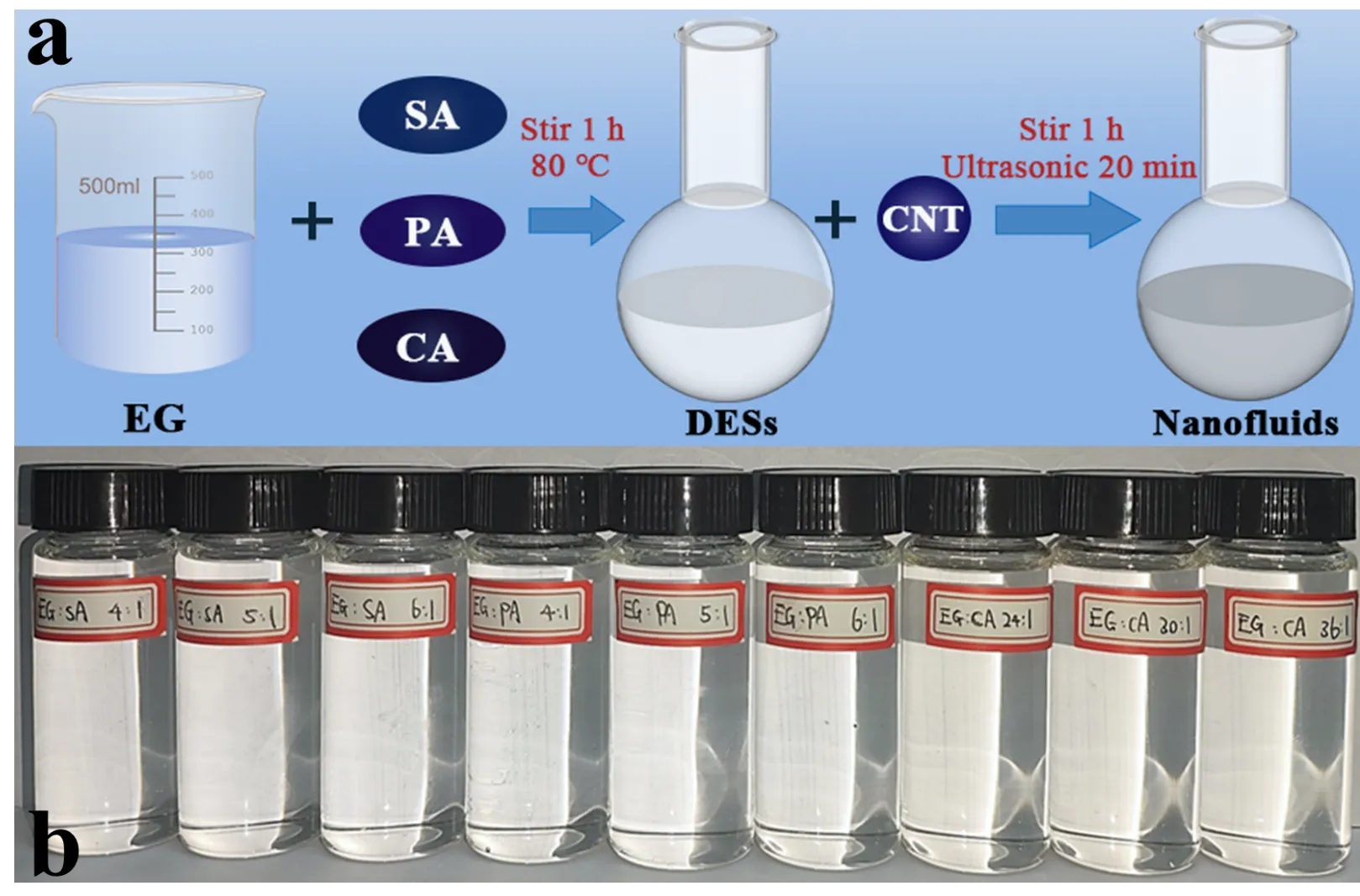
Open Access
Perspective
17 March 2025Navigable Genome Engineering: Stepwise Correlation for Precision-Guided Optimization of Microbial Cell Factory Phenotypes
Microbial cell factories, akin to “chips” in biomanufacturing, concentrate the most intricate scientific challenges, technical bottlenecks, and densest intellectual property. However, despite extensive efforts in rational engineering, the inherent complexity of biological systems and the limited knowledge of their underlying mechanisms still incur substantial trial-and-error costs. This Perspective seeks to explore the potential of a prior-knowledge-independent approach for optimizing microbial cell factory phenotypes. We discuss the feasibility of stepwise genotypic navigation in genome engineering and emphasize its ability to generate high-quality genotype–phenotype association data, thereby advancing AI-assisted genome modeling and further enabling precision-guided optimization.
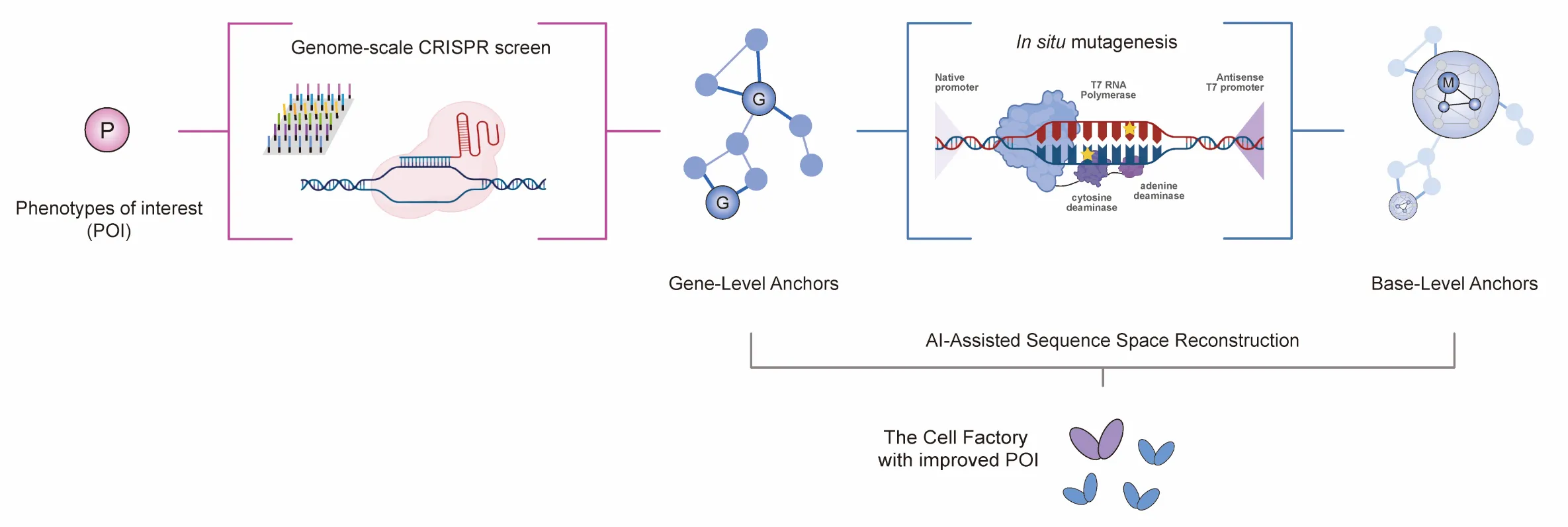
Open Access
Editorial
17 March 2025The Roots of Rights—Special Issue: “Transformative Practices: Rights of Nature and the Good Life”
This special issue focuses on the social practices of Rights of Nature (RoN), specifically exploring the transformative competencies and skills involved. The research investigates both individual competencies, such as resilience, mindfulness, and creativity, and collective skills, like relationship building and sustainable forms of interaction with the social and the ecological environment. The central question is if RoN does include “best practice” examples of cultivating non-instrumental relationships with the self, the social other, and the natural other.

Open Access
Review
14 March 2025Mechanistic Insights into Photocatalytic WO3 for Hydrogen Generation
Growing environmental concerns and the limitations of fossil fuel resources have recently led to increased focus on clean and renewable energy sources. Hydrogen (H2) has gained importance as an alternative clean fuel with its potential to become the primary chemical energy carrier. Photocatalytic hydrogen generation offers a capable solution to the energy crisis and has gained significant attention as a renewable energy solution, offering independence from fossil fuels and zero carbon dioxide emissions. Tungsten oxide (WO3) offers to be a promising photocatalyst for Hydrogen Evolution Reaction (HER) with its ability to tune the band gap, robust absorption in the visible spectrum range, steadiness in harsh reaction conditions, low cost, and reduced toxicity. Various synthetic methods can be employed to fabricate photocatalysts with diverse morphologies, sizes, and structures, all of which significantly influence their catalytic performance to varying extents. This review goals to explicitly highlight and discourse the main properties of WO3 and its modifications for photocatalytic HER via different synthesis methods. Modification in WO3 to its corresponding composites, heterojunctions are explicitly explained in this review.
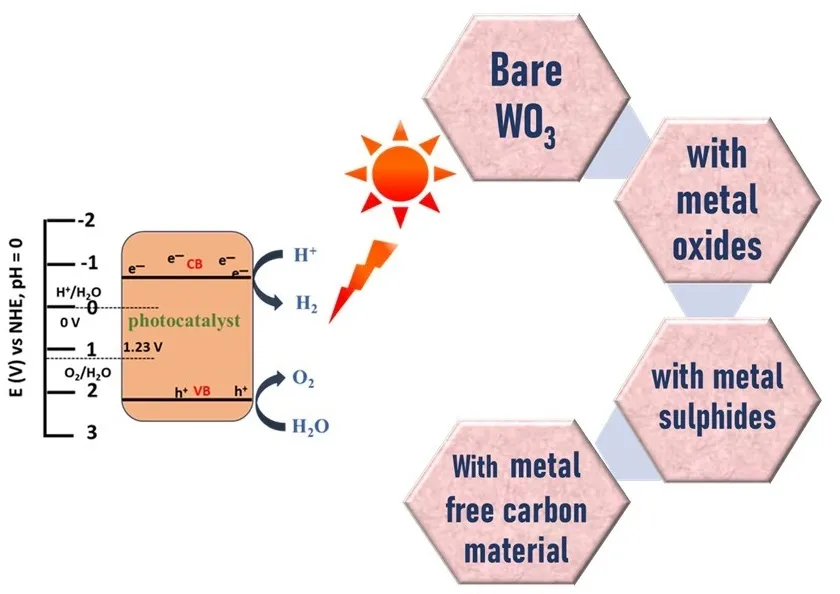
Open Access
Article
14 March 2025A Conceptual Design of Industrial Asset Maintenance System by Autonomous Agents Enhanced with ChatGPT
This article introduces OPRA (Observation-Prompt-Response-Action) and its multi-agent extension, COPRA (Collaborative OPRA), as frameworks offering alternatives to traditional agent architectures in intelligent manufacturing systems. Designed for adaptive decision-making in dynamic environments, OPRA enables agents to request external knowledge—such as insights from large language models—to bridge gaps in understanding and guide optimal actions in real-time. When predefined rules or operational guidelines are absent, especially in contexts marked by uncertainty, complexity, or novelty, the OPRA framework empowers agents to query external knowledge systems (e.g., ChatGPT), supporting decisions that traditional algorithms or static rules cannot adequately address. COPRA extends this approach to multi-agent scenarios, where agents collaboratively share insights from prompt-driven responses to achieve coordinated, efficient actions. These frameworks offer enhanced flexibility and responsiveness, which are critical for complex, partially observable manufacturing tasks. By integrating real-time knowledge, they reduce the need for extensive training data and improve operational resilience, making them a promising approach to sustainable manufacturing. Our study highlights the added value OPRA provides over traditional agent architectures, particularly in its ability to adapt on-the-fly through knowledge-driven prompts and reduce complexity by relying on external expertise. Motivational scenarios are discussed to demonstrate OPRA’s potential in critical areas such as predictive maintenance.
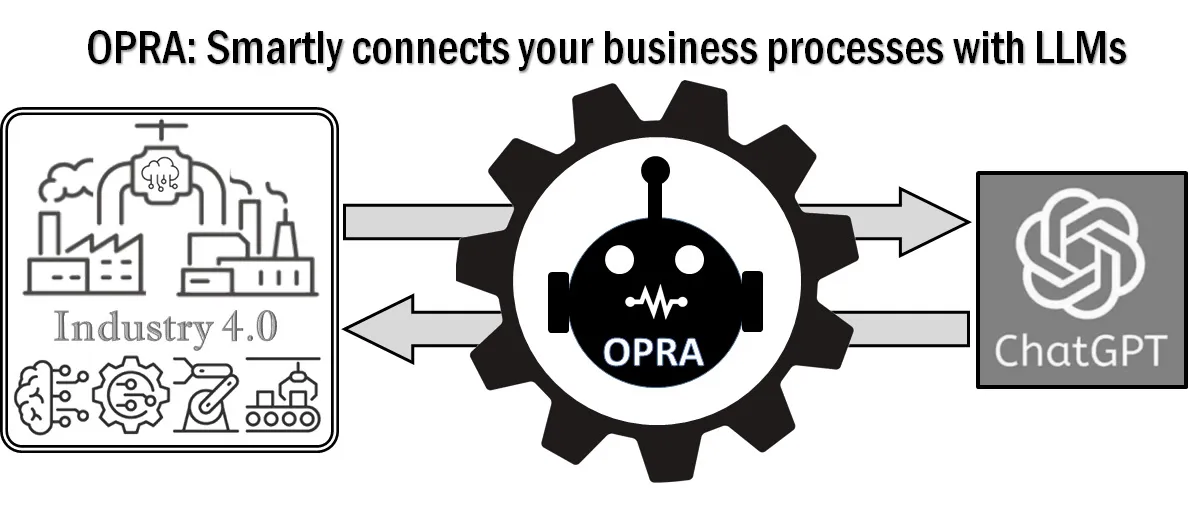
Open Access
Review
13 March 2025Review on Vibration Control of Wafer Handling Robot
The wafer handling robot serves as the pivotal component of the wafer transfer system, wherein its operational speed and motion precision exert a direct influence on both the yield and productivity of wafer processing. With the semiconductor manufacturing process advancing towards nanoscale linewidths and heightened throughput, the time-varying stiffness characteristics of the flexible joints in wafer handling robots, along with the resultant end vibration issues, have emerged as critical challenges that constrain overall performance. A comprehensive understanding of the stiffness change mechanisms, coupled with enhancements in control methodologies, plays an indispensable role in the effective vibration control of wafer handling robots. To facilitate research in pertinent areas, this paper systematically reviews the cutting-edge methods for vibration suppression in variable stiffness flexible joint wafer handling robots, concentrating on the following core aspects: The impacts of diverse dynamic stiffness identification methodologies on the accuracy of stiffness identification are thoroughly examined; This paper also explores the potential of collaborative optimization strategies involving trajectory planning, control methodologies, and lightweight intelligent algorithms in enhancing real-time control. Furthermore, it evaluates the application scenarios and feasibility of passive vibration absorbers and semi-active adjustable dampers within the context of broadband vibration suppression technologies. In conclusion, this paper synthesizes and critically discusses the advantages and limitations inherent in various research findings, while also constructing a “model-control-vibration suppression” closed-loop optimization system aimed at facilitating ultra-precision vibration control of wafer handling robots under conditions of high dynamic operation. By elucidating the bottlenecks present in existing technologies alongside the trajectory for future interdisciplinary integration, this work provides theoretical support for the intelligent advancement of wafer handling robots and fosters the expedited and reliable development of wafer transfer systems.
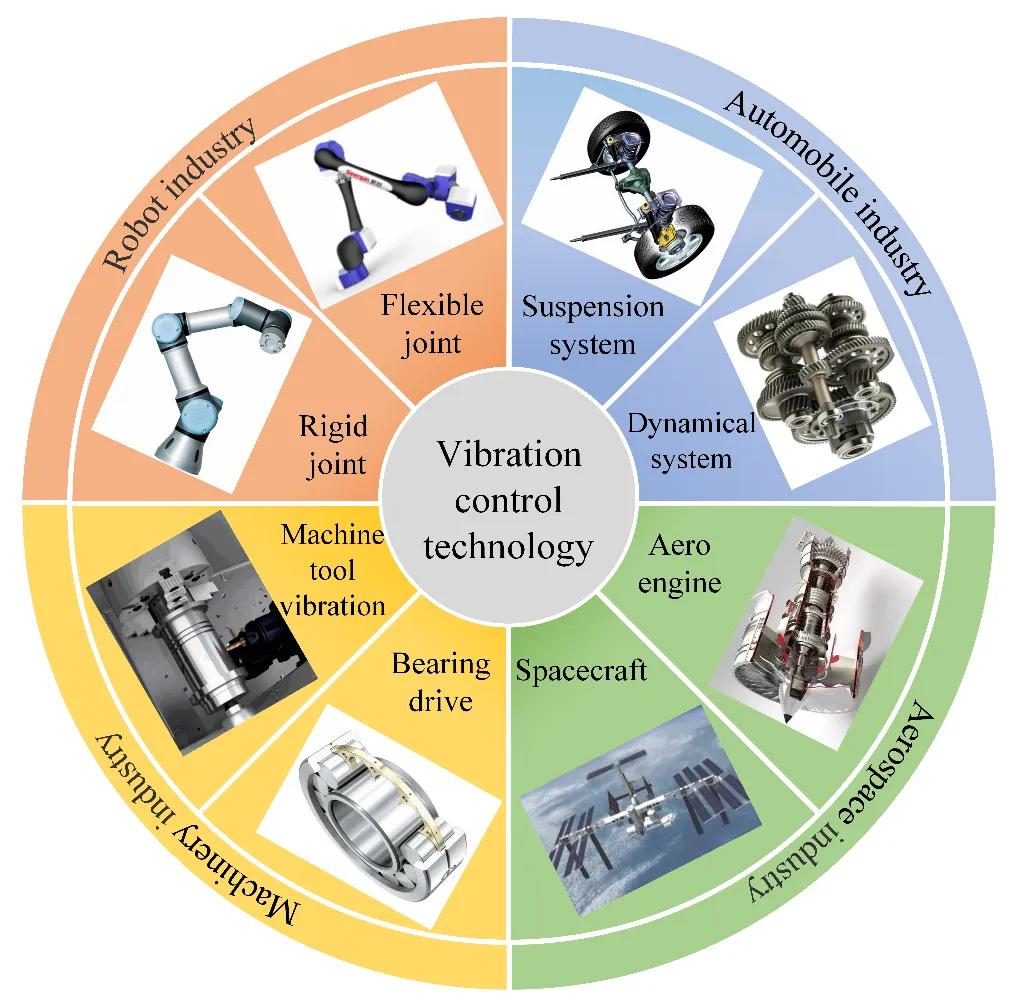
Open Access
Article
12 March 2025How Do Gender-Based Employment, Agricultural Machinery, and Fertilizers Influence Regional Agricultural Productivity? Panel Analyses for South and Southeast Asian Countries
The analysis delves into key strategies for enhancing agricultural productivity in Southeast Asia and South Asia. It underscores the vital role of mechanization, sustainable input practices, and gender-inclusive policies. Customized interventions in these realms hold promise for significantly amplifying agricultural performance in the region. Fertilizer and machinery productivity are pivotal factors that correlate strongly with overall agricultural productivity, as revealed by regression analyses. Notably, male employment in agriculture and agricultural machinery exhibits positive and substantial impacts on agricultural productivity, while female employment and fertilizer consumption indicators show significant yet negative associations. The study highlights systemic issues such as unequal resource access and differing gender roles in agriculture that may impede the immediate productivity gains from increased female labor force participation. Mechanization and efficient fertilizer utilization emerge as critical drivers of enhanced agricultural output, with consistent coefficients across models. Male employment consistently demonstrates a positive influence on productivity, emphasizing the significance of labor force engagement in agriculture. Moreover, the study underscores the imperative of judicious fertilizer management to avert environmental degradation and diminishing returns. The findings affirm the efficacy of the random effects model, supported by the Hausman test, which indicates congruence in results between fixed and random effects models. This methodological choice ensures robust and reliable conclusions regarding the relationships between male and female employment, machinery, fertilizer consumption, and agricultural productivity in South and Southeast Asia.
